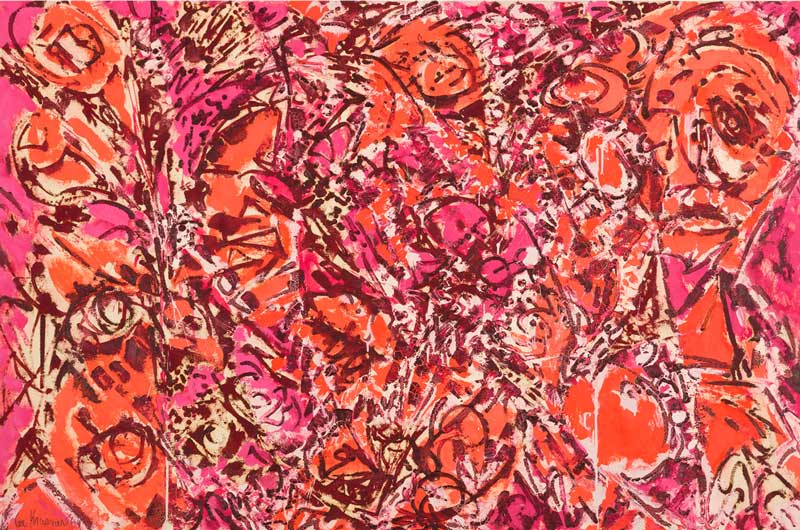 |
| © Ben Vautier, être libre – droits réservés |
|
galerie eva vautier Être libre BEN Commissariat de l'exposition Eva Vautier Pour le Domaine départemental de Chamarande, Ben rassemble plus de 400 œuvres, issues pour la plupart de sa collection personnelle, mais aussi de collections particulières. |
Vente oeuvres de John Levee
Tate Liverpool Exhibition Don McCullin
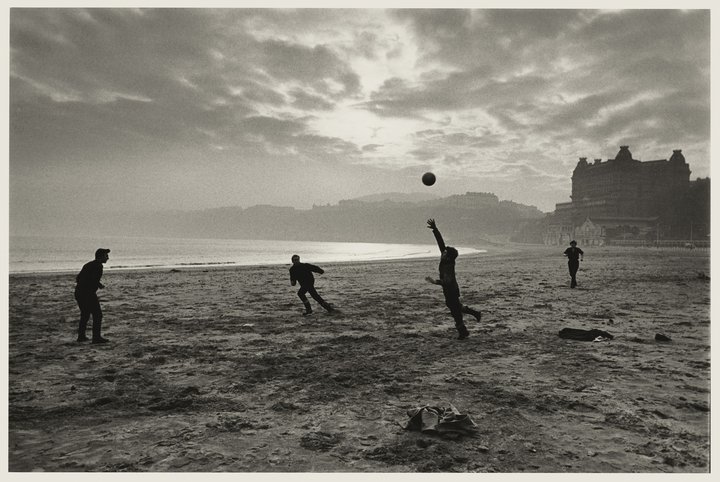 |
| Don Mccullin, fishermen playing during their lunch break, Scarborough, Yorkshire 1967 © Don Mccullin |
|
16 September 2020 – 9 May 2021 TATE LIVERPOOL This one-way route guides you from the Main entrance and through to the exhibition. There will be access to toilets, our shop and an opportunity to buy food and drink during your visit. Discover the work of legendary British photographer Don McCullin (b. 1935). See more than 200 iconic photographs captured over the last 60 years. The exhibition includes poignant images of international conflict. These will be shown alongside photographs of the UK, which depict scenes of working-class life in the industrial north and London’s East End. On display will be some of McCullin’s most recent landscape photography taken in the artist’s home county of Somerset. In addition to the images shown at Tate Britain, there will be a special selection of photographs depicting life and industrial scenes of Liverpool and other northern towns and cities during the 1960s and 70s. Alongside these photographs, all printed by McCullin himself in his own darkroom, you’ll have the opportunity to see his magazine spreads, contact sheets, helmet and the Nikon camera which took a bullet for him in Cambodia. |
Lee Krasner Museo Guggenheim Bilbao
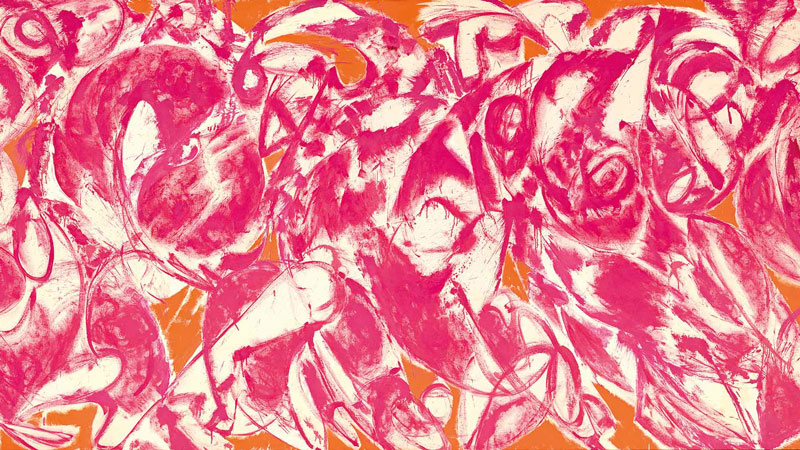 |
| Lee Krasner Combat, 1965 Oil on canvas 179 × 410.4 cm National Gallery of Victoria, Melbourne, Felton Bequest, 1992 (IC1-1992) © The Pollock-Krasner Foundation |
|
September 18, 2020 - January 10, 2021 Museo Guggenheim Bilbao Lee Krasner (b. 1908; d. 1984) was a pioneer of Abstract Expressionism, the movement that made New York a thriving center for modern art in the postwar period. Born in Brooklyn, in an Orthodox Jewish, Russian émigré family, she decided to become an artist at 14. She applied to the only school in New York that offered an art course for girls and would later study at the Cooper Union, the National Academy of Design, and the Hans Hofmann School of Fine Arts. Krasner was one of the first artists in New York to adopt an entirely abstract approach, and in 1942 she was included in the exhibition American and French Paintings at the McMillen Inc., alongside her friends Willem de Kooning and Stuart Davis. The one fellow exhibitor that she had not met before was Jackson Pollock, so she decided to visit his studio. In 1945 they married and moved to Springs, Long Island. Unlike many of her contemporaries, Krasner refused to develop a 'signature image,' which she considered to be too rigid. Working in cycles, she sought out new means for authentic expression, even during the most tumultuous of times, including Pollock's sudden death in a car crash in 1956. Krasner's formidable spirit is felt throughout the body of work that she created over more than fifty years in the studio. |
Lee Krasner Icarus, 1964 Oil on canvas 116.8 x 175.3 cm |
Journées européennes du patrimoine 2020
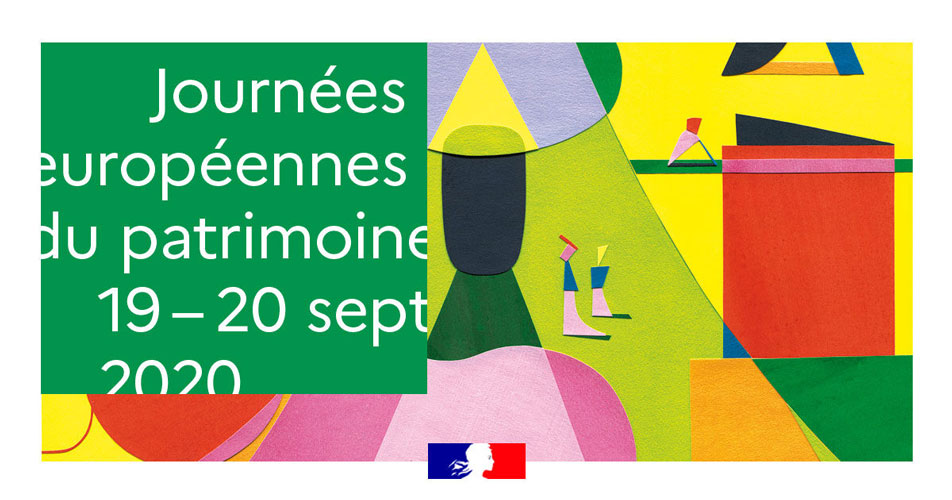 |
|
A l'occasion des Journées européennes du Patrimoine, les 19 et 20 septembre 2020, les Archives départementales du Haut-Rhin vous proposent 5 expositions virtuelles sur la thématique "Patrimoine et éducation : Apprendre pour la vie !". (Re) découvrez des personnalités sous des angles attendus ou surprenants. Laissez-vous guider par votre curiosité. Picorez, survolez, approfondissez… Faites-vous plaisir et laissez-vous emporter à travers un voyage temporel plein de surprises et… sans virus ! encore que… [nb : le encore que s’explique par quelques interviews qui ont eu lieu pendant le confinement ou le sketch de Catherine et Liliane sur la « Maladie X »…] http://www.archives.haut-rhin.fr/Education/p167/Journees-europeennes-du-patrimoine-2020 Le 17/09/2020 par départementales Archives |
Derniers jours de l'exposition Edward Hopper à la Fondation Beyeler
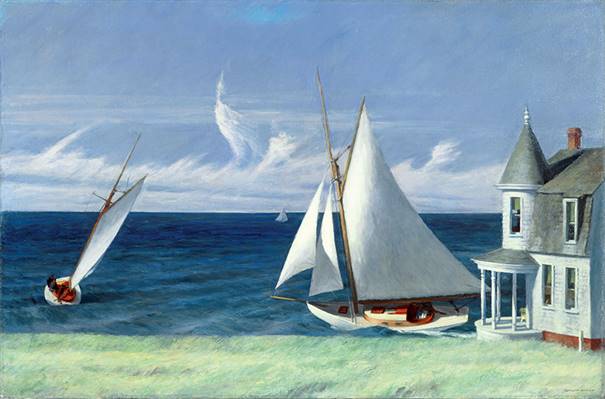 |
| Edward Hopper, The Lee Shore, 1941, huile sur toile, 71,7 x 109,2 cm, The Middleton Family Collection; © Heirs of Josephine Hopper / 2019, ProLitteris, Zurich; Photo: © 2019. Photo Art Resource/Scala, Florence |
|
Plus que quelques jours: l'exposition «Edward Hopper» à la Fondation Beyeler prend fin le 20 septembre 2020 L'exposition «Edward Hopper», grand succès public à la Fondation Beyeler à Riehen/Bâle, touche à sa fin. Plus de 200'000 visiteurs·ses ont pu voir les œuvres de cet artiste américain majeur, auquel la crise du coronavirus a conféré une actualité inattendue – dans la presse et sur les réseaux sociaux, Hopper s'est vu qualifié fréquemment de «peintre du moment». Ses paysages emblématiques des années 1909 à 1965 sont à voir à la Fondation Beyeler jusqu'au 20 septembre 2020. Pour la dernière soirée de cette exposition plébiscitée par le public, la Fondation Beyeler prévoit dimanche 20 septembre un horaire d'ouverture étendu à 21h, un bar à boissons et de la musique live dans le Pavillon du Berower Park. Edward Hopper (1882–1967) compte parmi les artistes majeurs du 20ème siècle. Connu en Europe principalement pour ses peintures à l'huile de scènes de la vie urbaine, dont certaines ont acquis une popularité exceptionnelle, jusqu'à présent ses paysages avaient reçu moins d'attention. Étonnamment, aucune exposition importante n'avait encore été consacrée au regard porté par Hopper sur le paysage américain. C'est par ailleurs la première fois qu'une exposition est consacrée à Edward Hopper en Suisse alémanique. Initialement programmée jusqu'au 17 mai et prolongée jusqu'au 20 septembre, la vaste exposition de la Fondation Beyeler présente des peintures de paysage emblématiques de Hopper ainsi qu'une sélection d'aquarelles et de dessins. |
Réflections sur la Paix Red Cross Museum Geneve
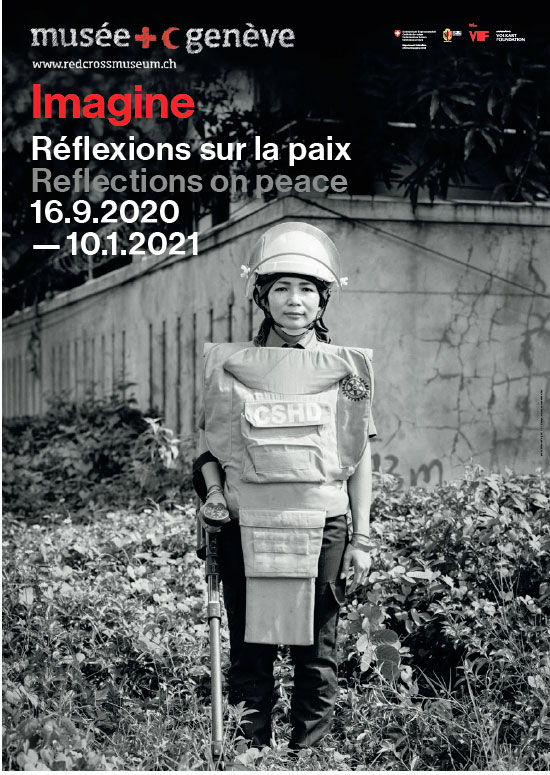 |
| Imagine Réflexions sur la paix Reflections on peace 16.9.2020 photo © Gary Knight / |
À quoi ressemble la paix, au-delà des images qu’on s’en fait ? |
|
Nous sommes très heureux de vous présenter notre nouvelle exposition temporaire «Imagine. Réflexions sur la paix», qui ouvrira ses portes le mardi 15 septembre 2020. Des grands noms de la photographie retournent sur les lieux où ils ont réalisé, pour certains d’entre eux, leurs premiers reportages, il y a plus de 20 ans, afin d’examiner les conditions et conséquences des processus de paix au Liban, en Irlande du Nord, en Bosnie-Herzégovine, au Rwanda, au Cambodge et en Colombie, pays qui ont connu des conflits de longue durée. Sorties pour la plupart du contexte brûlant qui les a fait naître et présentées en tableaux parfois denses, ces 160 photographies rendent compte d’un processus fragile, d’une réalité complexe faite de succès, d’échecs, d’espoir et d’hésitations. Liste des photographes : Stephen Ferry, Ron Haviv, Gary Knight, Don McCullin, Roland Neveu, Gilles Peress, Jack Picone et Nichole Sobecki. |
KEHINDE WILEY Centre d'Art de la Malmaison Cannes
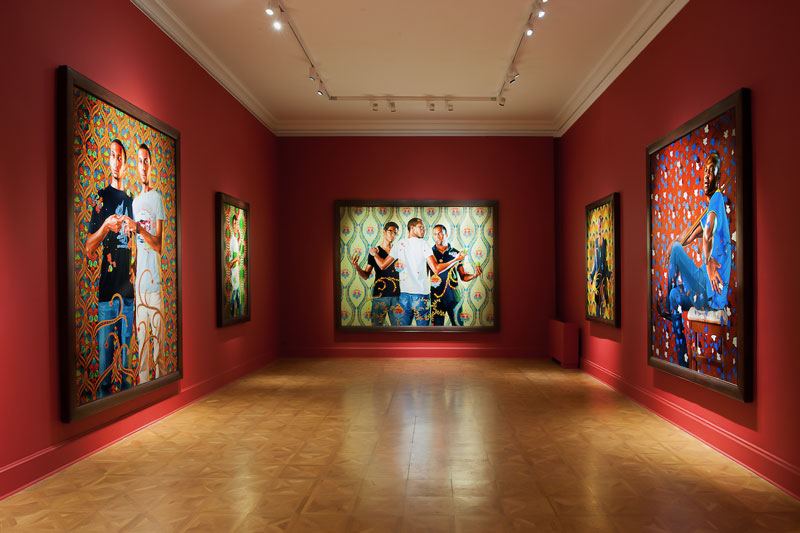 |
| Vue de l'exposition Kehinde Wiley, Peintre de l'épopée, Centre d'art La Malmaison, à Cannes © Olivier Clavel |
|
KEHINDE WILEY, 10 juillet > 1er novembre 2020 Centre d'Art de la Malmaison, Cannes Du 10 juillet au 1er novembre, le Centre d'Art de la Malmaison sur la Croisette, accueille l’une des stars internationales les plus recherchées d'aujourd'hui, l'américain Kehinde Wiley. À travers plus d’une vingtaine d'œuvres, le Centre d'art la Malmaison dévoile le dessein épique qui anime le travail de l’artiste depuis plus d’une décennie. Puisant son inspiration dans la peinture classique, du Titien à Gainsborough en passant par Van Dyck ou Ingres, Kehinde Wiley propose une perspective unique, politique et esthétique. En choisissant de rendre visible les invisibles de l’histoire, il interroge les spectateurs sur les questions de perception, de pouvoir et d’origine. |
MACM Musée d'Art Classique de Mougins
|
MACM Musée d'Art Classique de Mougins |
|
|
JEAN COCTEAU & SA MYTHOLOGIE MUSEE D'ART CLASSIQUE DE MOUGINS
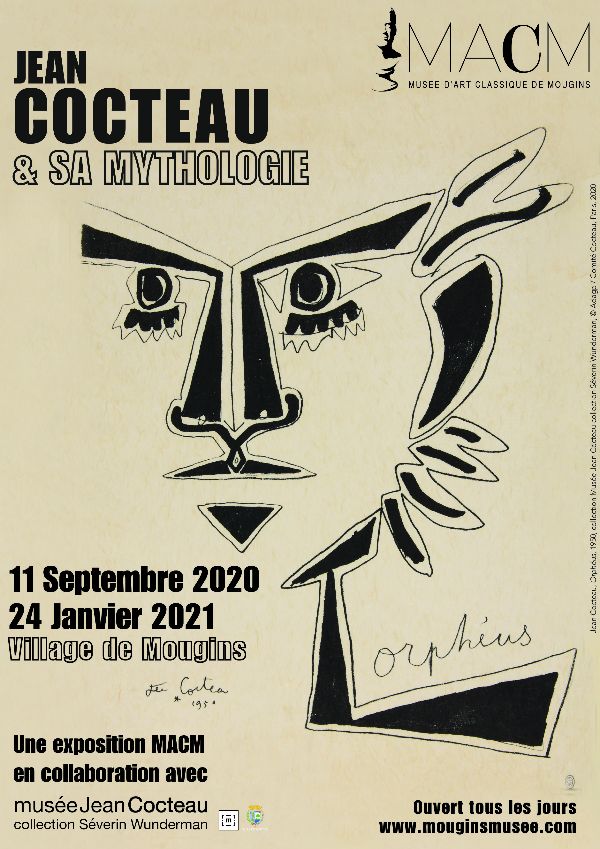 |
| Musée d'Art Classique de Mougins 5 rue des Muriers 06250 MOUGINS - France 11 septembre 2020 - 24 janvier 2021 The Musée d'Art Classique de Mougins welcomes within its walls the man who was once known as one of the most fashionable figures in Paris, an aesthete, a Dandy & above all a great artist with multiple talents: a painter, a draftsman, a filmmaker, a choreographer, a playwright, a poet... Jean Cocteau ! |


